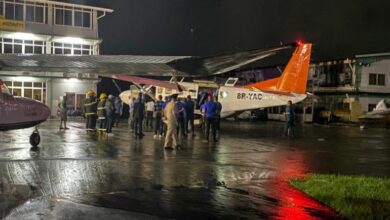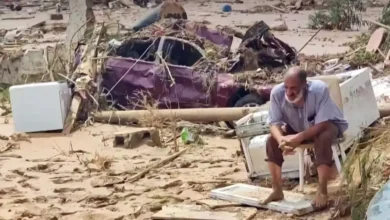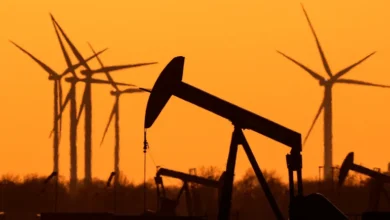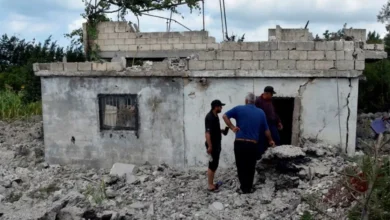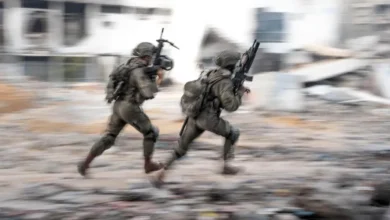Japan lifts tsunami warnings but warns earthquake damage ‘widespread’
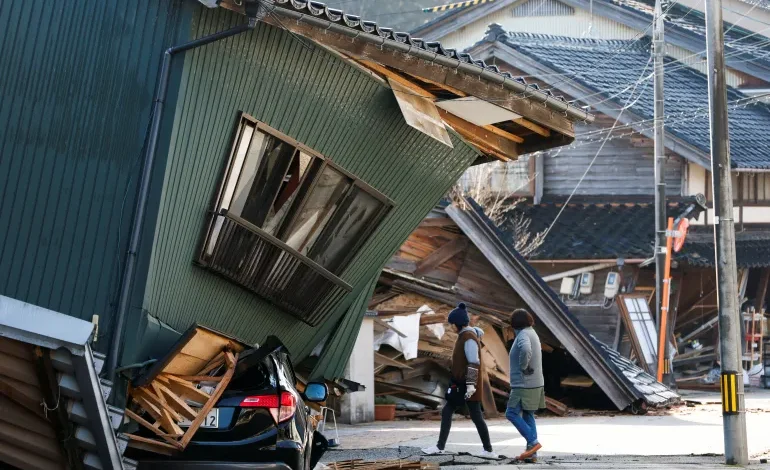
At least 48 people have been reported dead after a massive earthquake hit the coast of central Japan on New Year’s Day.
Authorities raised the death toll on Tuesday afternoon. Prime Minister Fumio Kishida has warned that the damage is “widespread,” and with rescue teams struggling to access some remote areas, it is feared that casualties could rise.
The magnitude 7.6 quake struck on Monday afternoon near the Noto peninsula in Ishikawa prefecture, triggering the country’s first major tsunami warning since the March 2011 earthquake and tsunami that had about 18,500 people declared dead or missing in the northeast.
Speaking on Tuesday, Kishida said “extensive damage” had been confirmed with the earthquake bringing down buildings and triggering fires.
“The search and rescue of those impacted by the quake is a battle against time,” the prime minister said.
Moreover, Kishida said rescuers were finding it very difficult to access the northern tip of the Noto peninsula where helicopter surveys had discovered many fires and widespread damage to buildings and infrastructure.
There are about 120 cases of people awaiting rescue, his government spokesperson later said.
Authorities said rescue efforts had been hindered by damaged roads and that they were finding it difficult to assess the full extent of the fallout.In Suzu, a coastal town of just over 5,000 households near the quake’s epicentre, as many as 1,000 houses might have been destroyed, according to its mayor Masuhiro Izumiya.
“The situation is catastrophic,” he said.
Across Ishikawa prefecture, authorities have confirmed 30 deaths so far, with half of those in Wajima, another hard-hit city in the remote northern tip of the peninsula.
Official updates on the toll have been infrequent.
The Japan Meteorological Agency said the country had been hit by 155 earthquakes since the initial tremor on Monday.
‘Swaying violently’
Wajima was hit by a tsunami of at least 1.2 metres (four feet) and aerial news footage showed devastation from a major fire as a seven-storey building collapsed at the port.
The fire engulfed a row of houses with people being evacuated in the dark, some with blankets and others carrying babies.
Nobuko Sugimori, a 74-year-old resident of Nanao city in Ishikawa, said she had never experienced such a quake before.
“I tried to hold the TV set to keep it from toppling over, but I could not even keep myself from swaying violently from side to side,” Sugimori told the Reuters news agency from her home, which had a large crack down its front wall and furniture scattered around inside.
Across the road, 73-year-old Fujiko Ueno was counting her blessings.
She said nearly 20 people were in her house for a New Year celebration when the quake happened but nobody was injured.
“It all happened in the blink of an eye,” she said, standing in the street among debris from the wreckage and mud that oozed out of the cracked road.
Nearly 100,000 people across nine prefectures were evacuated and spent the night in sports halls and school gymnasiums, commonly used as evacuation centres in emergencies in Japan.
Almost 33,000 households remained without power in Ishikawa prefecture early on Tuesday morning, according to Hokuriku Electric Power Company’s website. The NHK broadcaster said most areas in the northern Noto peninsula were also without water.
As a result of the disaster, the Imperial Household Agency cancelled Emperor Naruhito and Empress Masako’s New Year’s appearance, which had been expected to take place on Tuesday.
Japan’s closest allies sent their condolences over the disaster and said they were ready to offer assistance.
“As close allies, the United States and Japan share a deep bond of friendship that unites our people. Our thoughts are with the Japanese people during this difficult time,” US President Joe Biden said in a statement.
French President Emmanuel Macron expressed “solidarity”, while Italian Prime Minister Giorgia Meloni offered condolences and assistance.
